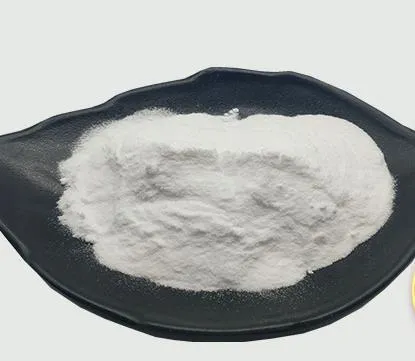Warning: Undefined array key "title" in /home/www/wwwroot/HTML/www.exportstart.com/wp-content/themes/1198/header.php on line 6
Warning: Undefined array key "file" in /home/www/wwwroot/HTML/www.exportstart.com/wp-content/themes/1198/header.php on line 7
Warning: Undefined array key "title" in /home/www/wwwroot/HTML/www.exportstart.com/wp-content/themes/1198/header.php on line 7
Warning: Undefined array key "title" in /home/www/wwwroot/HTML/www.exportstart.com/wp-content/themes/1198/header.php on line 7
Aug . 14, 2024 02:11 Back to list
Exploring the Benefits and Applications of Dipropylene Glycol Based Antifreeze Solutions in Various Industries
Dipropylene Glycol Antifreeze A Comprehensive Overview
Dipropylene glycol (DPG) is gaining popularity as a key component in antifreeze formulations, particularly within various industrial and automotive applications. With its unique properties and benefits, dipropylene glycol antifreeze serves as an effective and environmentally friendlier alternative to traditional ethylene glycol-based antifreeze products.
What is Dipropylene Glycol?
Dipropylene glycol is a colorless, odorless, and hygroscopic liquid that belongs to the family of glycols. It is an organic compound with the chemical formula C6H14O3 and is commonly produced through the hydration of propylene oxide. DPG is non-toxic, making it a safer choice for both human health and the environment. Due to its low volatility and high boiling point, DPG presents excellent thermal stability.
Properties of Dipropylene Glycol Antifreeze
The primary function of antifreeze is to lower the freezing point of the liquid in a cooling system and raise its boiling point, thus preventing overheating. Dipropylene glycol antifreeze offers several noteworthy properties
1. Low Freezing Point DPG effectively lowers the freezing point of the coolant mixture, which is essential in preventing ice formation in colder climates. The extent to which it can lower the freezing point depends on the concentration of DPG used.
2. High Boiling Point With a significantly elevated boiling point, dipropylene glycol helps prevent vaporization within the cooling system, ensuring efficient heat transfer.
3. Low Toxicity Unlike ethylene glycol, which is highly toxic to humans and animals, dipropylene glycol is considered safer, making it a preferred choice in applications where spills might occur or where human interaction is likely.
4. Excellent Lubrication This glycol exhibits superior lubricating properties, which can enhance the performance and lifespan of pumps and seals within the cooling system.
dipropylene glycol antifreeze

Applications of Dipropylene Glycol Antifreeze
Dipropylene glycol antifreeze is versatile and can be used in various sectors
- Automotive As a component in engine coolants, it helps to manage temperature control and protect against corrosion and scale deposition.
- Industrial Many manufacturing processes utilize DPG-based antifreeze to maintain optimal operating temperatures in machinery and equipment, especially in cold environments.
- HVAC Systems In heating, ventilation, and air conditioning systems, dipropylene glycol is used to ensure efficient heat exchange and system reliability.
- Food Processing Due to its low toxicity, DPG is sometimes used in food processing environments where accidental contact might occur, providing an additional safety measure in applications where food is involved.
Environmental Impact
One of the notable benefits of using dipropylene glycol antifreeze is its lower environmental impact compared to traditional antifreeze solutions. DPG is biodegradable and poses less risk to aquatic life and ecosystems when released into the environment.
Conclusion
In summary, dipropylene glycol antifreeze stands out for its impressive properties, safety profile, and versatility across a range of applications. As industries increasingly seek sustainable and less toxic alternatives to conventional products, DPG may play an essential role in shaping the future of coolant solutions. With its unique formulation, dipropylene glycol antifreeze not only enhances performance but also serves as a testament to the ongoing transition toward environmentally responsible materials in the automotive and industrial sectors.
Latest news
-
Certifications for Vegetarian and Xanthan Gum Vegetarian
NewsJun.17,2025
-
Sustainability Trends Reshaping the SLES N70 Market
NewsJun.17,2025
-
Propylene Glycol Use in Vaccines: Balancing Function and Perception
NewsJun.17,2025
-
Petroleum Jelly in Skincare: Balancing Benefits and Backlash
NewsJun.17,2025
-
Energy Price Volatility and Ripple Effect on Caprolactam Markets
NewsJun.17,2025
-
Spectroscopic Techniques for Adipic Acid Molecular Weight
NewsJun.17,2025

